The Hackney Empire is one of those buildings that’s had a remarkable life that manages to encapsulate many of the various histories that happened in pieces to other theatres across the country.
Built in 1901 as the flagship music hall by Sir Oswald Stoll for the Stoll Moss company, it was initially very successful as many music halls were. The rise of the radio and television saw theatre audiences decline, and it became a TV studio, and then a bingo hall, and then thanks to a high profile campaign to save the building, was restored to a variety theatre.
Designed by the prolific theatre designer, Frank Matcham it’s a theatre that has been described as where he vomited almost every artistic idea he had into one space. As part of Open House, there were public tours last weekend to have a good look at the result.
Before the theatre, this part of Hackney was a cluster of shops and homes, with a large pub on the corner. Sir Stoll made a deal to buy up the land, but at the last minute, the pub owner changed their minds and refused to sell — having figured out that they were about to make a fortune from the thousands of people visiting the music hall.
It was to take the theatre a century to get their hands on the pub.
The downside though is that the entrance to the theatre while richly decorated isn’t the large lavish entrance they planned, and it’s been a constraint ever since. One of the things we also learned is that the three storey high frontage above the entrance is barely a brick deep – there’s a big empty space behind it, with the theatre proper building built behind that.
And what a theatre space it is, with some ridiculously over the top decorations around the stage, including two decorative domes that serve no purpose other than to annoy the people who have to clean them.
The theatre seating is unusual, for the time, as there are hardly any pillars blocking the view as the galleries are supported at the rear, leaving the front uninterrupted. That does mean particularly heavy crowds can cause the upper gallery to twist noticeably if everyone surges to one side. Structurally safe, but it’s a bit of a heart wobble to see in practice, which is fortunately a very rare occurrence.
As with all theatres, as you go up to the gods, the seats get cheaper and look cheaper, until at the very top, steep rows of benches are all that’s left, and you’d need to be of stout heart to want to sit there.
For all the grandeur, I was sufficiently excited to learn they have the disused remains of a Victorian central vacuum cleaner system on one level, causing a detour on the tour just for me to see it — and everyone else to get an unexpected view from another level of the seating.
Over the past 120+ years, the music hall has seen a lot of other changes.
Opened as a variety hall, it hosted many of the leading names of the time, often putting on several shows a night, and also had an early film projector for newsreels. In the 1920s, the circus came to the Empire, and with an elephant advertised as also performing, at least you know the stage was sturdy.
The declining audiences thanks to increased television ownership saw audiences declining, and in January 1955, the owners strongly denied newspaper reports that the Hackney Empire was to be closed.
Within the year though, it had been sold to a TV company and closed as a theatre. The penultimate show at the Empire before it closed as a music hall and was turned into a TV studio was “Many Happy Returns”, which seems rather awkward.
The music hall, having been killed off by the television was now host to the very thing that killed it.
It was later sold, as so many music halls were, to become a bingo hall, but MECCA who owned it neglected the building and after it was given heritage protection got into an expensive dispute over the state of the building, and eventually decided it was a bit too much hassle to keep as a bingo hall.
CAST, a satirical touring theatre group, headed by Claire and Roland Muldoon, took over the building and reopened it in December 1986.
Although urban legend says they bought the building for £1,000, at the time it was still owned by MECCA, and in 1988 there was a fundraising campaign to buy the Empire, which was being offered for £150,000. A desperate attempt raised the first tranche of £50,000 to be paid by May 1988 to keep the deal alive. They managed, just. Fortunately, the council, after some initial confusion, then agreed to provide £130,000 to secure the freehold of the building.
The irony was probably not lost on them when Camden Council cut funding for the arts group, on the grounds that they were now quite happy in Hackney.
The Empire is now famous for its annual pantomimes, and their first one was held as soon as they secured the lease on the building, in December 1988 – which for the record, was Aladdin, with former Blue Peter host Peter Duncan in the lead role.
The work to save the theatre, which was at one point threatened with being demolished for a car park, is very much a story of the 1980s. A small group take over a giant ramshackle building, manages to keep it open with loads of celebrity support and often putting on at the time radical comedy shows and plays. It’s the sort of shoestring approach to heritage that simply wouldn’t exist today with the need for organisations to have deep pockets just to get started with applying for grants and orders about how they can and can’t use the building.
Heritage is safer today, but the idea of grassroots organisations muddling through and somehow making it work has been lost.
The theatre somewhat limped on for the next twenty years, just about staving off financial problems along the way until the Lottery came to the rescue. A large grant not only restored the building, it also upgraded the back of house facilities, and they finally got their hands on that damned pub.
It reopened in 2004, and is now a thriving variety theatre once more.

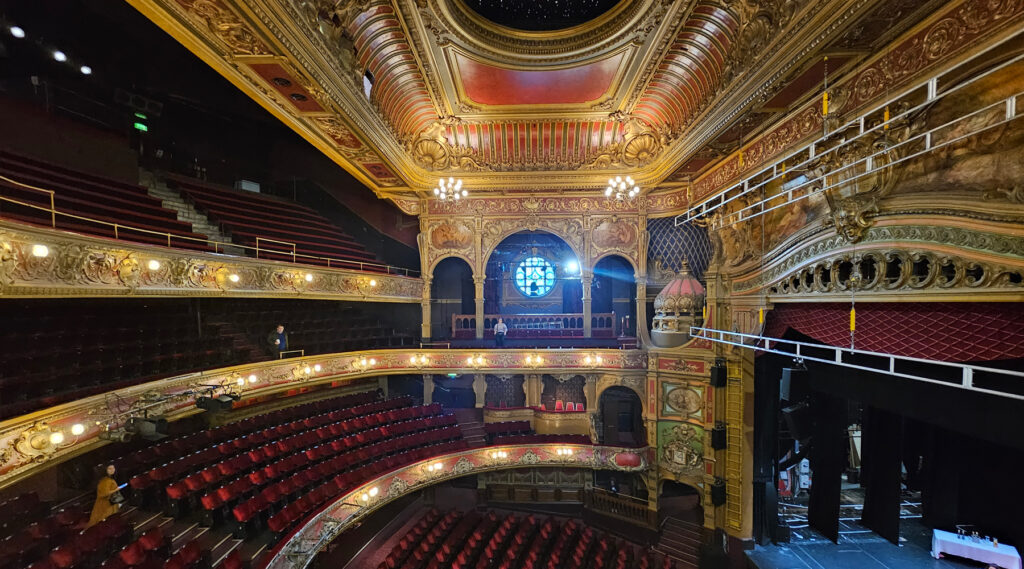
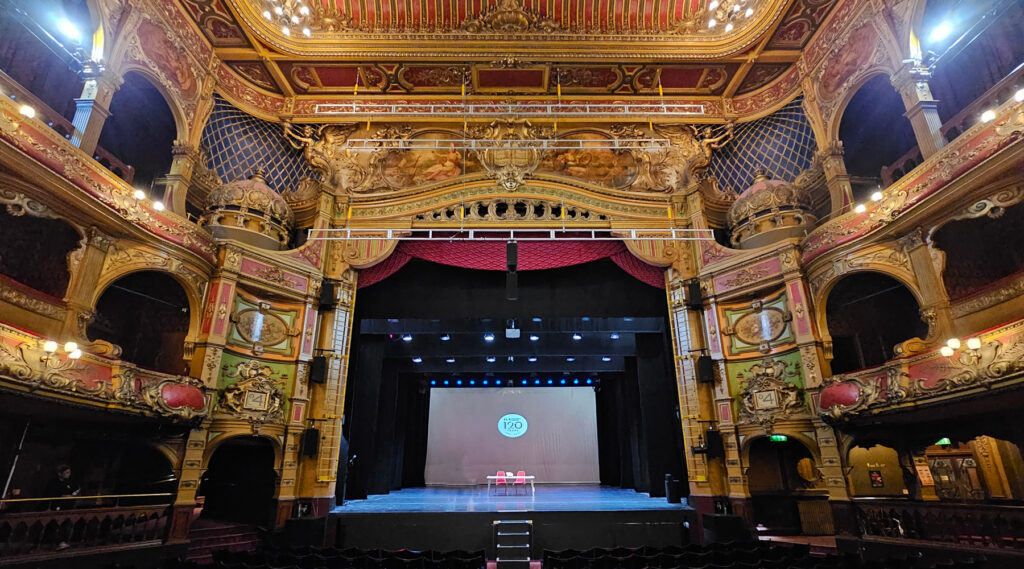
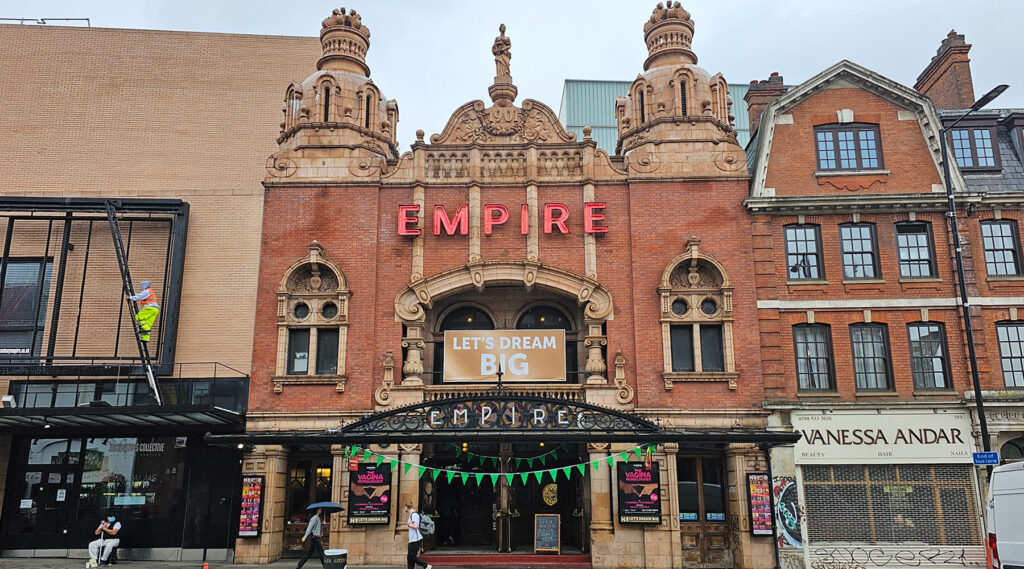
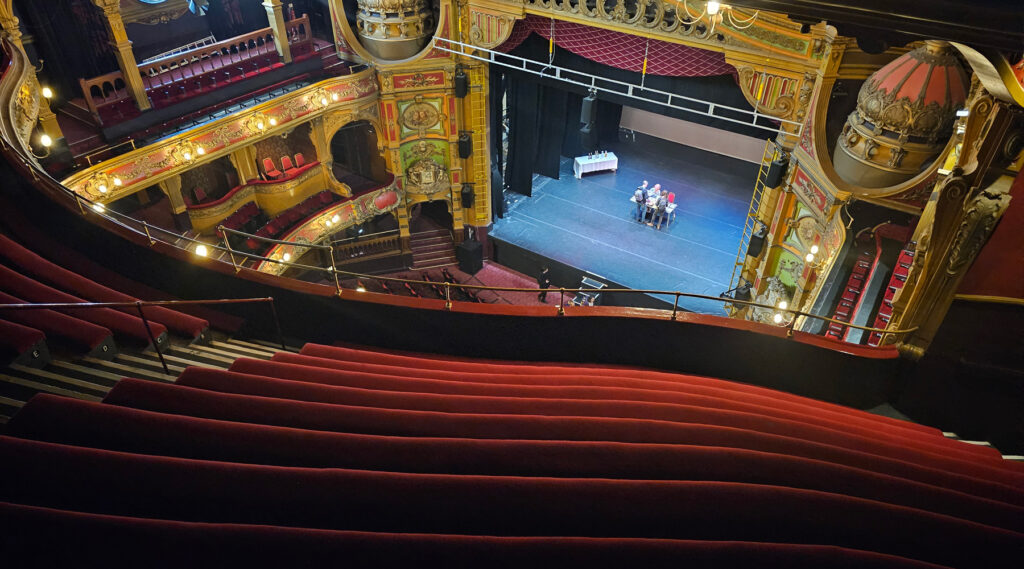
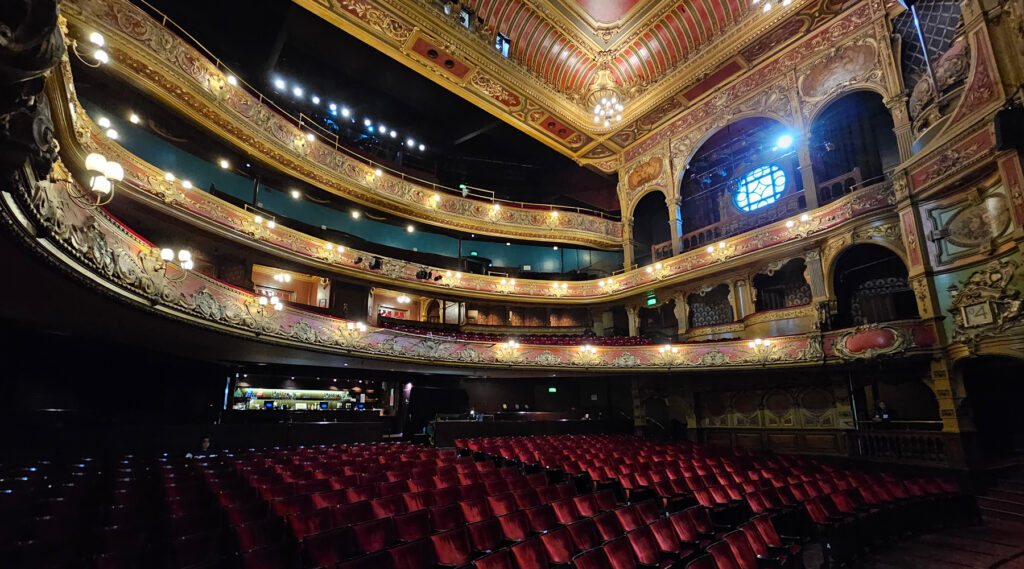
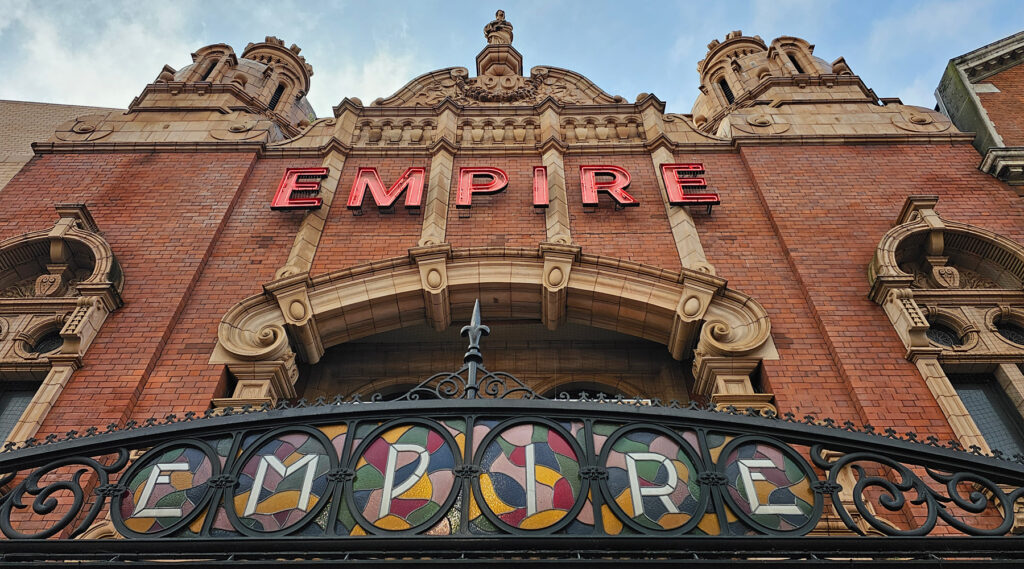
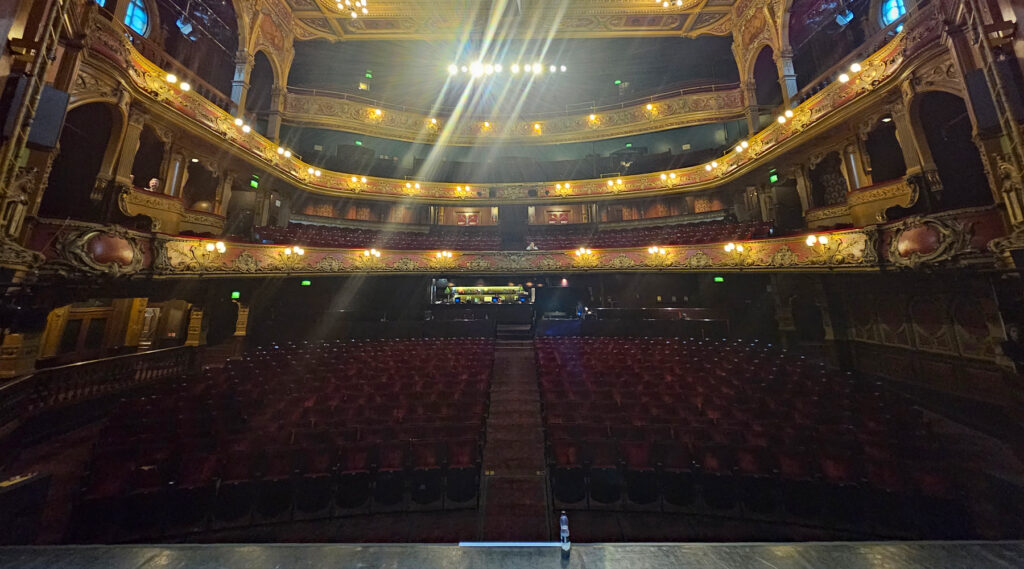
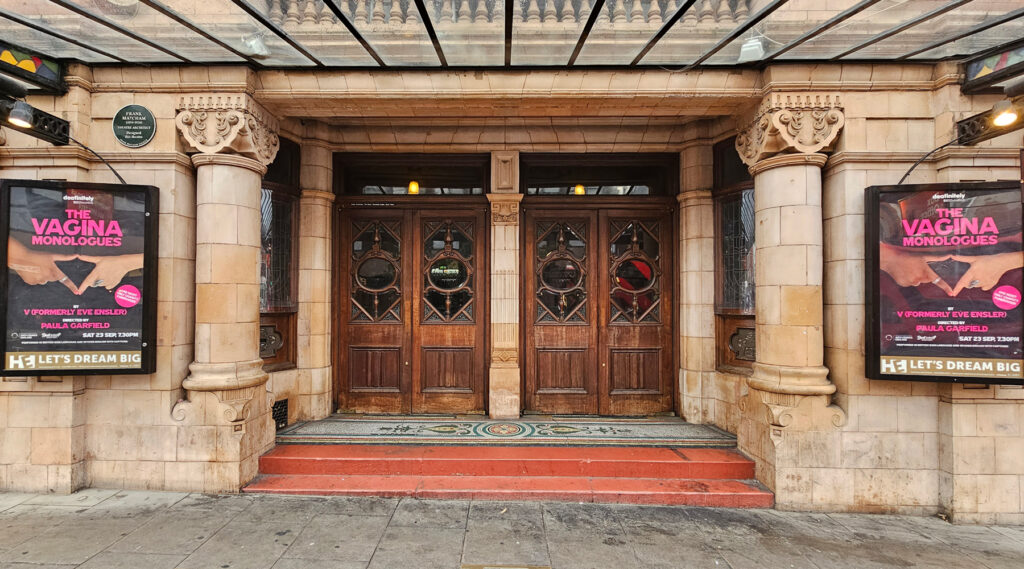






It was much used by BBC Radio 2 in the days when Friday Night Is Music Night was still on the air.